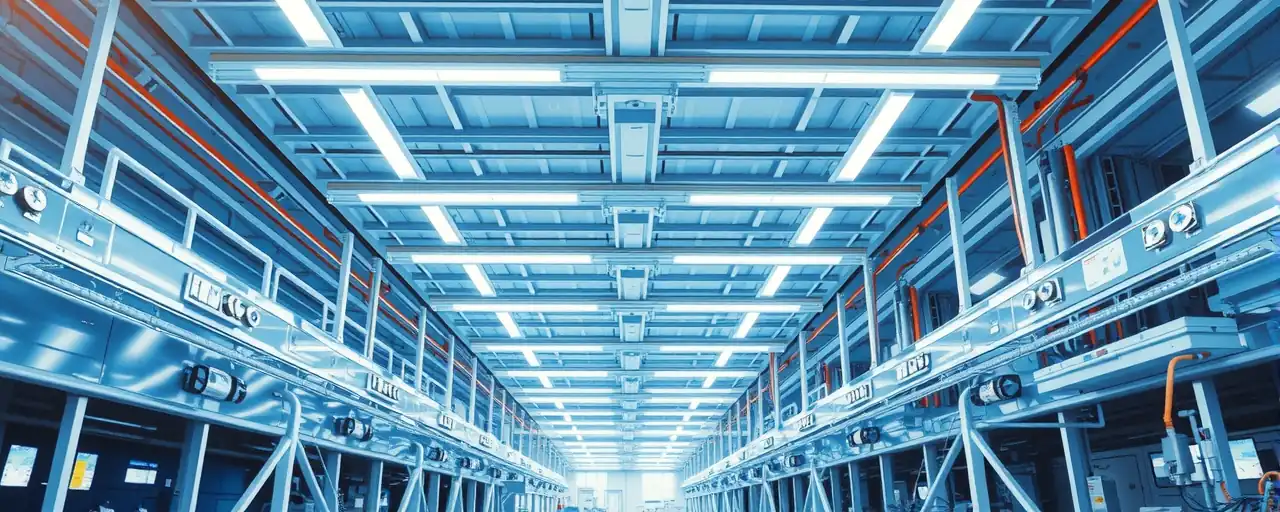A Manufacturing Renaissance Takes Root
America is witnessing a seismic shift in its industrial landscape. Mercedes-Benz just announced it’s moving production of another vehicle to its Tuscaloosa, Alabama, plant, a decision that underscores the undeniable success of President Donald Trump’s unapologetic push to revive American manufacturing. This isn’t an isolated win. From Hyundai’s massive $20 billion investment in U.S. factories to Stellantis reopening its Belvidere, Illinois, plant, foreign automakers are flocking to American soil, bringing jobs and economic vitality with them.
Trump’s vision is clear: make America the world’s factory floor again. His administration’s blend of tariffs, tax breaks, and regulatory relief has created a magnetic pull for global companies. The result? A manufacturing boom that’s reshaping communities in states like Alabama, Georgia, and South Carolina. This isn’t just about cars; it’s about restoring the dignity of work and the strength of the American economy.
Contrast this with the previous decades of offshoring, when factories shuttered and communities crumbled under policies that prioritized globalism over American workers. The tide is turning, and Trump’s leadership is the catalyst. Critics may scoff, but the numbers don’t lie: manufacturing construction spending hit $237 billion in July 2024, nearly double what it was just two years prior.
What’s driving this? A potent mix of policy and pragmatism. Trump’s tariffs on foreign goods, including up to 60% on Chinese imports, have made it costlier for companies to produce abroad. Meanwhile, tax credits and deregulation have sweetened the deal for building in the U.S. The message to automakers is unmistakable: if you want to sell here, make it here.
Automakers Answer the Call
The evidence is stacking up. Hyundai’s $5.8 billion Louisiana steel plant and Georgia Metaplant, set to churn out 500,000 vehicles a year, show how seriously foreign firms are taking Trump’s agenda. Honda is shifting Civic production from Japan to U.S. factories, while Nissan is eyeing a move from Mexico. Toyota is ramping up hybrid production in West Virginia, and BMW is considering extra shifts in South Carolina. These aren’t small bets; they’re multi-billion-dollar commitments to America’s future.
This isn’t happening by accident. The CHIPS and Science Act and the Inflation Reduction Act, while flawed in their execution under prior leadership, have been retooled to align with Trump’s focus on economic nationalism. The $115 billion invested in clean energy and transportation manufacturing since late 2022 is now fueling job creation in red states, proving that smart policy can deliver tangible results.
Foreign direct investment is pouring in, too. Over 40% of billion-dollar manufacturing projects since 2021 involve foreign firms, with South Korean and Japanese companies leading the charge. By 2023, cumulative foreign investment in U.S. manufacturing hit $2.2 trillion. This capital isn’t just building factories; it’s bringing cutting-edge technology and expertise, making American industry more competitive than ever.
Skeptics argue these moves are mere posturing, driven by short-term tariff fears rather than long-term strategy. They’re wrong. Relocating production requires years of planning and massive investment. Automakers aren’t just hedging bets; they’re betting on America’s stability, workforce, and market. Trump’s policies have created an environment where that bet makes sense.
Dismantling the Opposition’s Flawed Case
Not everyone is cheering. Some policymakers and analysts, particularly those wedded to globalist ideals, claim Trump’s tariffs and incentives will backfire. They warn of higher consumer prices, trade retaliation, and economic isolation. These arguments, while dressed up in academic jargon, crumble under scrutiny. Tariffs haven’t crippled the economy; they’ve forced companies to rethink supply chains and prioritize American workers.
Take the semiconductor shortage, which exposed the folly of relying on foreign suppliers. Trump’s push for domestic chip production, backed by the CHIPS Act, is already paying dividends. Meanwhile, the same critics who decry tariffs ignore the $350,000 jobs reshored in 2022 alone. Their vision of a borderless economy ignores the real-world costs of dependence on adversaries like China.
Others argue that government intervention distorts markets and risks taxpayer money. Fair point, but national security and economic resilience aren’t abstract theories; they’re urgent priorities. The COVID-19 pandemic showed what happens when supply chains collapse. Trump’s targeted policies aren’t about picking winners; they’re about ensuring America doesn’t lose.
The Road Ahead: Jobs, Strength, Independence
The impact of this manufacturing revival goes beyond economics. It’s about restoring pride in places like Tuscaloosa and Belvidere, where factory jobs mean stable families and thriving communities. Each new plant is a stake in the ground, a declaration that America can compete and win. With over 2.4 million jobs tied to foreign investment in manufacturing, the ripple effects are profound.
Trump’s approach isn’t perfect. High input costs and labor shortages pose challenges, and the transition to electric vehicles adds complexity. But the trajectory is clear: a stronger, more self-reliant America. By incentivizing production here, Trump is reducing our trade deficit, bolstering national security, and proving that bold leadership can deliver.
This is the future Americans deserve: one where our workers build the cars we drive, where our factories hum with activity, and where our nation stands tall. The naysayers can keep clutching their globalist playbooks. The rest of us will celebrate the jobs, the growth, and the unyielding spirit of a country that’s back in the driver’s seat.
